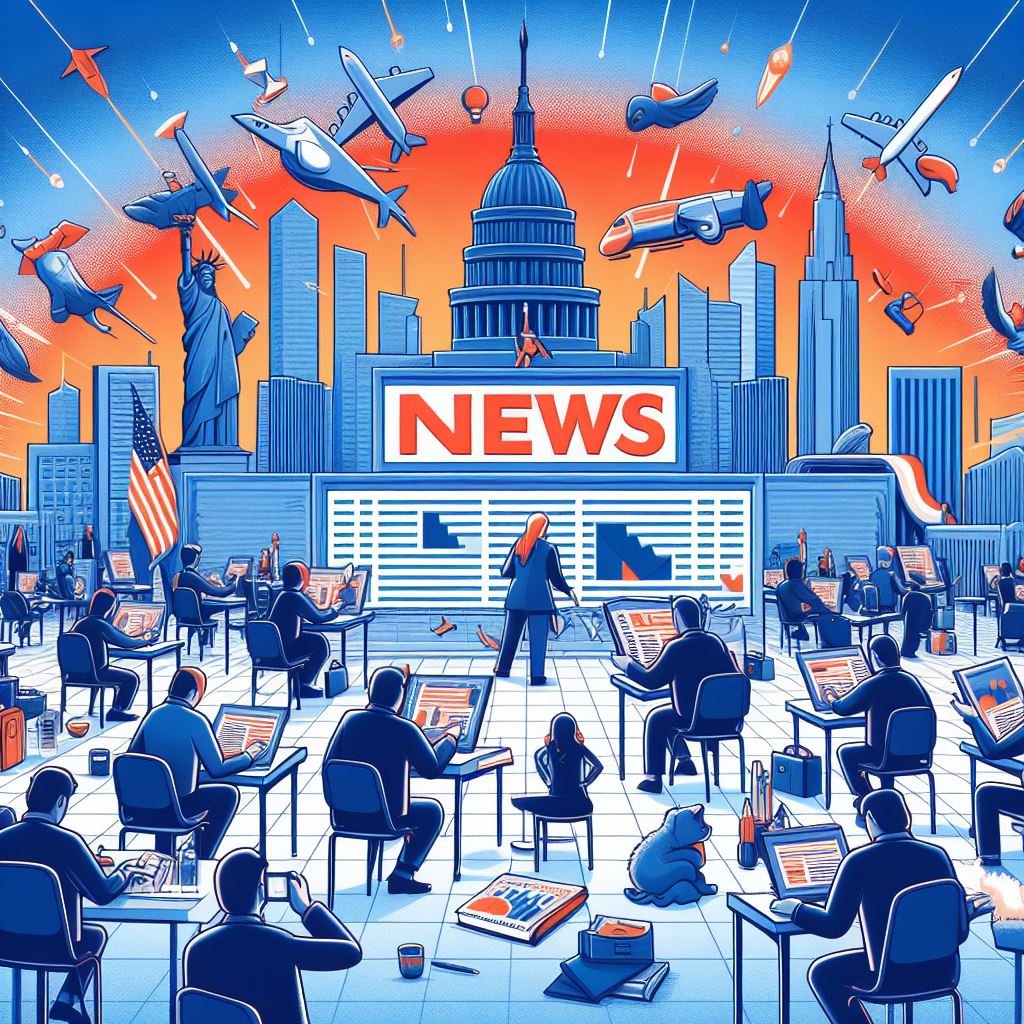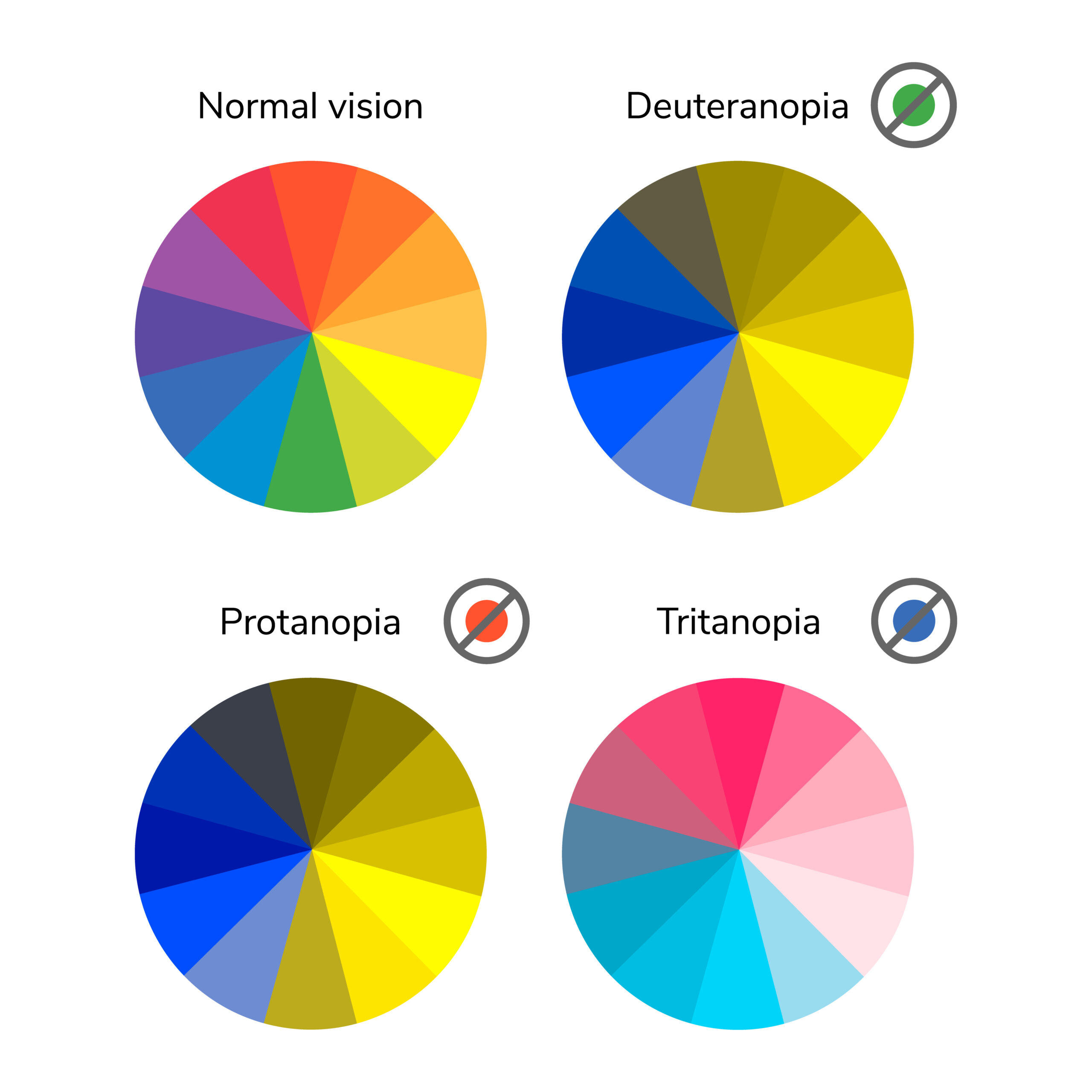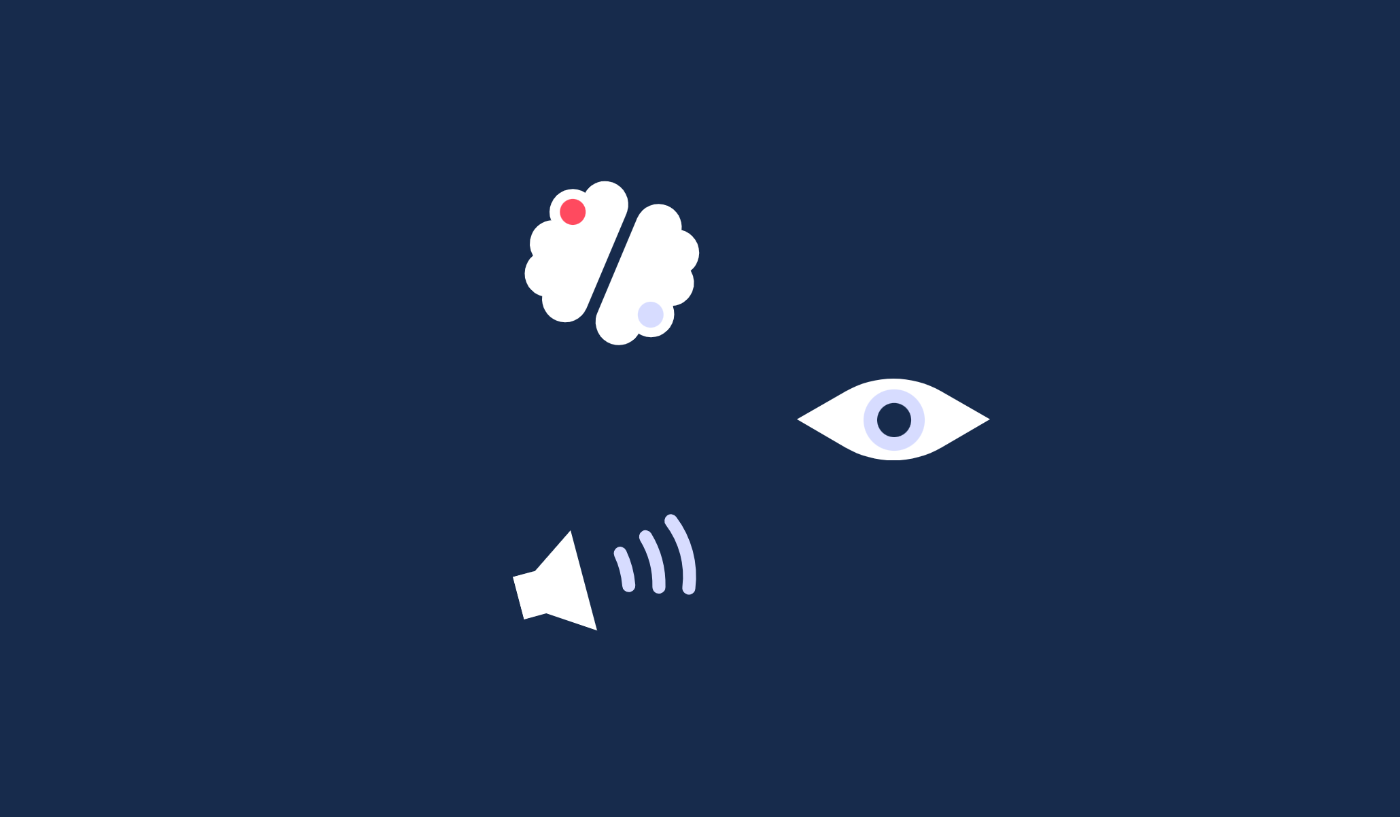Screen readers let your computer read aloud to you. All everviz charts interface with screen readers to convey actual content from the chart, including plot values, chart type and more. The accessibly sphere is constantly widening to encompass new technologies to include even more people in the data democracy where everyone should have equal access to data.
But these days it’s not just the vision impaired who access screen readers; they’re also used to organise websites, help others with cognitive disorders and by those who prefer to listen to rather than read text. A common trope in accessibility circles is that most people who use screen readers also have their driver’s licence. Here, we take a deep dive into screen readers – who uses them, how they work with charts and the universal design principles everyone benefits from.
Text-to-speech software
Screen readers are assistive software used by persons with visual impairments or learning disabilities. They use text-to-speech technology to translate on-screen information into speech which is heard through earphones or speakers.
Popular screen readers:
- Narrator: Screen-reading app built into Microsoft Windows
- NVDA: The most used screen reader and it is free to use
- JAWS: A popular screen reader for Microsoft Windows
- VoiceOver: A free tool built into macOS and iOS, VoiceOver is the most-used screen reader on mobile devices
- TalkBack: The Google screen reader included on Android devices
User types to control the screen reader
A screen reader starts at the top of a website and continues down the page reading any text it finds.The user controls the screen reader with the keyboard. Hitting the ENTER key allows them to move through the document. Hitting the TAB key activates interactive content such as buttons.
Some screen readers allow users to preview the page by reading a navigation bar or page headings. This is why including headings in your page is key to creating accessible documents. This video shows a screen reader reading an everviz chart.
Users with different challenges and needs
Screen readers allow people with a vision impairment or low vision to use their computer. But screen readers are not exclusively used by people who have a vision impairment.
- Dyslexics use screen readers to translate text to speech
- People with low vision use them in combination with screen magnification
- People with cognitive disabilities such as autism use them. If you are easily distracted and wish to block out pictures and video, you can use a screen reader to read only the text on a page
- Anyone who prefers to listen to rather than read text
Universal design is better design
Designing screen-reader friendly content has multiple benefits.
Broader audience
Screen reader-friendly content reaches a larger audience. Over 1.3 billion of the world’s population has a disability, according to the World Health Organisation.
Tool for structuring content
Screen readers are also a great content editing tool. They give you a feel for the layout of the content and help you determine if it is logically laid out. They also help identify confusing statements or strange word pairings.
SEO-friendly
Screen-reader friendly content is also SEO-friendly content. This is because making your content accessible to screen reading software also makes it accessible to web crawlers.
Chart data for everyone
Lastly, and perhaps most importantly, building content with a mind to accessibility increases participation in the data democracy where everyone has equal access to data. Many important life decisions are made after studying charts. During the pandemic, trends in Covid-19 charts helped people make life-critical decisions. Someone’s disability should not be a reason they cannot access content.
Reading all chart elements
Screen readers gather information about visual elements and converts them into speech. They read the text description of a chart, which explains what the chart is trying to communicate. They also read things like the chart title, subtitle, type of chart, number of series and data points.
In everviz the chart description can be added to the chart caption.
The accessibility module, which is built into all everviz charts, supports Windows high contrast mode, tactical printing and viewing charts as a data table, among other things.
Accessibility in action
| “We are hoping that our work can not only be a concrete improvement to our products but also help bring a new generation of accessibility to charts and graphics on the web,” says Øystein Moseng, Head of Accessibility at Highsoft. |
Highsoft is a world leader in the field of accessible charts. everviz and Highcharts have a shared history, and our continued collaboration means everviz charts feature the latest advancements and breakthroughs in accessibility. Read here about how Highsoft recently partnered with Dutch publishing company Elsevier to make more accessible data visualisations.


